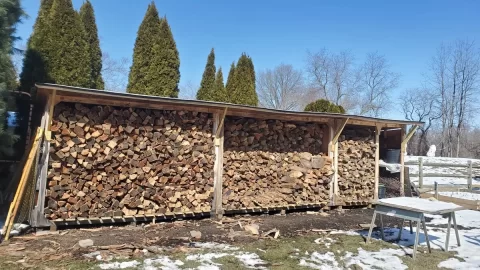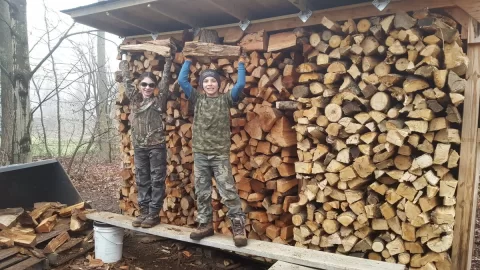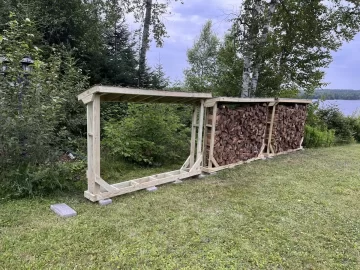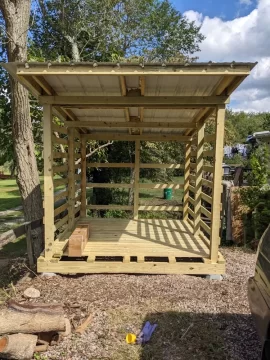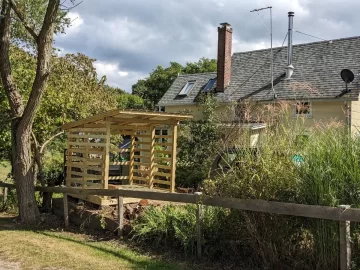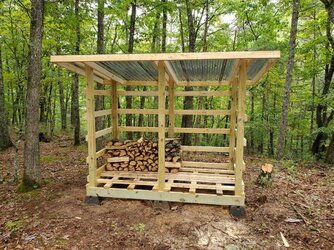Not particularly handy, but my friends are good at supervising me: I want to build this EPA shed design - see attachment - but twice as deep: 8' instead of 4'. Can I just double the pertinent measurements for the wood, or is that a bad idea? Would the same roof angle work? All suggestions welcome!
Also, I'd want to add an additional 2' of plywood roof at least across the center width - maybe also the roof length - to create an overhang. Not averse to using liquid roof, unless it's not advisable. And probably going to repurpose some of my better to use as flooring.
Also, I'd want to add an additional 2' of plywood roof at least across the center width - maybe also the roof length - to create an overhang. Not averse to using liquid roof, unless it's not advisable. And probably going to repurpose some of my better to use as flooring.


